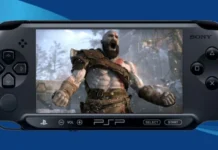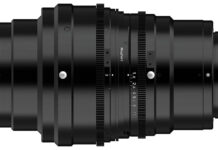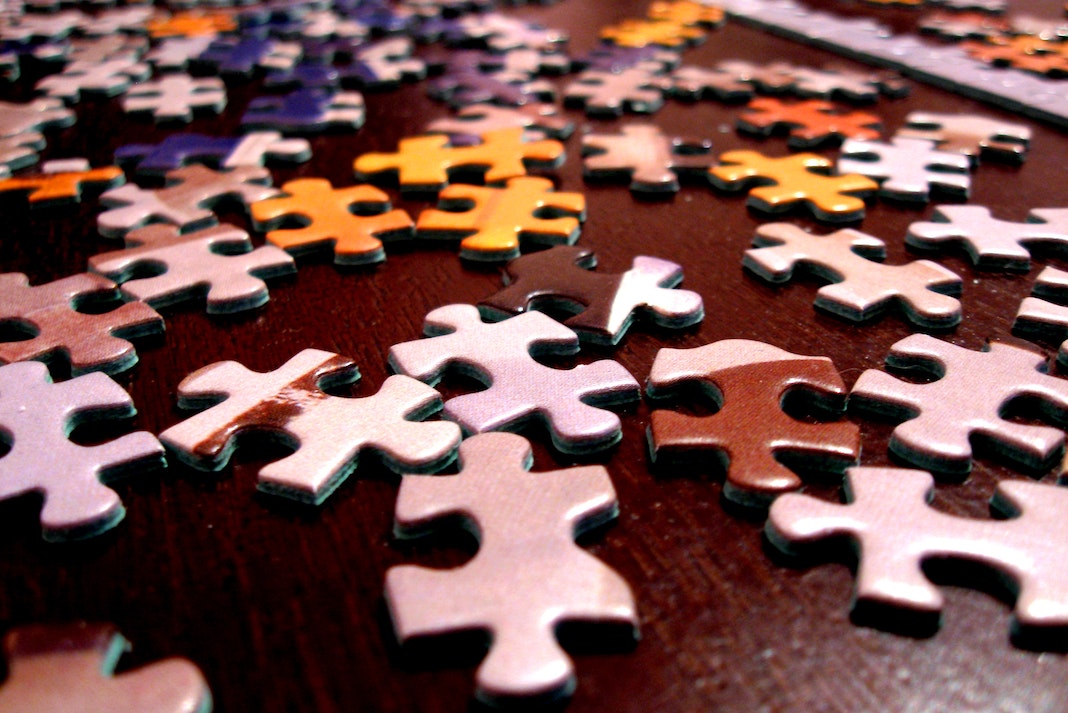There has been Brain Teaser Picture Puzzle around since the time of medieval time, according to a look back at history. It’s possible to participate in these activities alone or with others. Regardless of how you perform them, they benefit your mental health.
Brain training games have been shown to have a “significant impact on cognitive performance,” according to research. Brain games that challenge you to use logic, critical thinking, and creativity rewire your brain as you play. Playing a game that challenges your memory for visual patterns, on the other hand, can improve your brain’s capacity for pattern recognition.

What are brain teasers?
Puzzles and activities that push you to think beyond the box are called brain teasers. It is presented to youngsters as early as kindergarten, and the majority of them enjoy solving them.
Teachers frequently use brain teaser activities in the classroom to challenge students’ intellect while having fun.
Various benefits
- Workout Your Brain with These Mind-Body Exercises
Mental exercises such as solving word or numerical puzzles or tests of mental strength have been shown to increase brain activity. Improved concentration and memory are also a benefit, as is reduced day-to-day boredom.
- Memory, Temporal and Frontal Lobes of the Brain
Practicing cognitive abilities, such as completing puzzles and brain teasers, will help you become better at learning, problem-solving, and recalling information in the long run.
The temporal and frontal lobes behind the forehead are critical to your capacity to remember. It’s typical to think that simply reading books and doing your taxes is enough mental activity, but that’s not the case at all. To keep your brain active, it needs a rigorous workout that keeps you guessing and pushes you to new heights.
- Test Your Brain Power
Many people need a break from the monotony of their workdays now and then. It’s our goal at Escape Rooms to make sure you get a good mental workout by giving you plenty of riddles and cryptic clues to solve during your time here.
Varieties of Picture Puzzles
All picture puzzles aren’t the same, and they’re not all the same. To get a better handle on a puzzle, the more familiar you are with the type of task you’re working on; remembering exactly what you’re getting yourself into can be helpful. In that vein, here’s a primer on the typical picture puzzles you’ll encounter.
- Spot-the-difference puzzles: These puzzles feature two images that appear to be identical. A hidden change, on the other hand, can be found in one of the images.
- Not puzzles: There are two types of not puzzles: those that don’t resemble each other and those that do resemble one other. Not puzzles, on the other hand, consist of multiple images, each with only a single difference from the others.
- Cut-up puzzles – Cut-up puzzles can be compared to jigsaw puzzles. There are two grids in these puzzles. Pieces of an image have been strewn throughout one grid. As a starting point for those who aren’t quite sure where to begin, the other grid contains only one picture piece. To complete the picture, you must place the remaining pieces in the grid.
Tips and tricks to solve puzzles:
Whatever picture puzzle you choose to complete, it can be challenging to figure out the solution. Using the following advice, you’ll be well on your way to developing an effective method for solving picture puzzles:
Determine how to solve a problem
Puzzles don’t require you to play the same music or drink coffee whenever you sit down to work on one. As an alternative, plan out the sequence of actions you’ll take to solve the problem. Rather than starting at the top and working your way down, proceed from left to right while solving a spot-the-changes puzzle. Or you may break it down into manageable chunks (A1, A2, and so on, or A1, B1, and so on). Remember that what works for one person may not work for another, so don’t be afraid to try new things. Do whatever it takes to get into a routine, no matter what.
Make sure nothing is obvious.
Looking for obvious items that you may have missed while solving a puzzle can be a helpful tactic, even if it seems obvious at first glance. When one is preoccupied with the minutiae, it is easy to miss the obvious.
Use a pattern to help you remember what to do
A systematic approach to completing a puzzle, no matter what task you’re working on, helps you stay on track and avoid re-examining the same areas. Your problem-solving routine should include the use of patterns of some sort.
Keep a log of your progress.
Keeping a record of your progress and where you’ve been in the puzzle will allow you to resume where you left off if you need a break. It also saves you from having to re-examine information you’ve already gathered.
Get to the bottom of things.
Be as specific as you can while looking at the finer points. Don’t think of grass as “simply grass,” but rather as decorative grass that is tall, feathery, green-yellow, or yellowed and naked.
Stop working on a puzzle if you get stuck.
If you’ve been working on a problem for a long time, it may be time to take a break. No matter how tempting it may be, don’t give up just yet.
Clear your head.
Prepare your mind for puzzle solving by clearing your mind of all mental clutter. Take care of the things on your to-do list before moving on to the puzzle.
Maintain focus:
By choosing a proper location and time to solve your puzzles, you may minimize the number of distractions you face. Try not to interrupt yourself until you’ve noted where you’ve paused working on the puzzle till you’re ready for any interruptions that may distract you.
Different types of games
1. Droodles
With his “Droodle” series of cartoon-like line drawings of abstract pictures, humorist Roger Price made a name for himself in the 1950s by challenging readers to figure out the artworks’ purposefully ludicrous and LOL-worthy meanings, which he would include beneath the cartoon.

Advantages for the brain: this visual brain teaser helps you improve your ability to think abstractly and creatively. Problem-solving skills can be improved by learning to see things from a different perspective. It is a must-try Brain Teaser Picture Puzzle
2. Search for the hidden object
If you want to tackle one of these visual brain teasers, you’ll have to pay attention! The play begins with a drawing that at first glance appears to depict a typical situation. However, if you look closely, you’ll notice that the drawing has a few random things (or only one) that don’t belong there. A list of those items will be provided to you, and it will be your responsibility to hunt through the main drawing and locate all of the hidden objects. There are many ways to hide anything, such as hiding a green glove among a bunch of leaves.
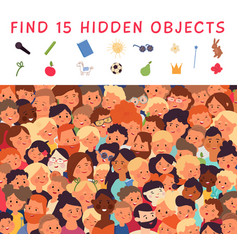
This visual puzzle will challenge your attention to detail, as well as your patience. This style of visual brain teaser demands you to slow down and look at each item individually, rather than as a whole, to find the hidden objects. It is a must-try Brain Teaser Picture Puzzle
3. Spot the difference
You’ve undoubtedly played this game as a kid, so you should know how it works. To find the minute changes between two almost identical photographs, you’ll need to examine them closely. While the first image may show black patches on an animal, it may appear brown in the second.
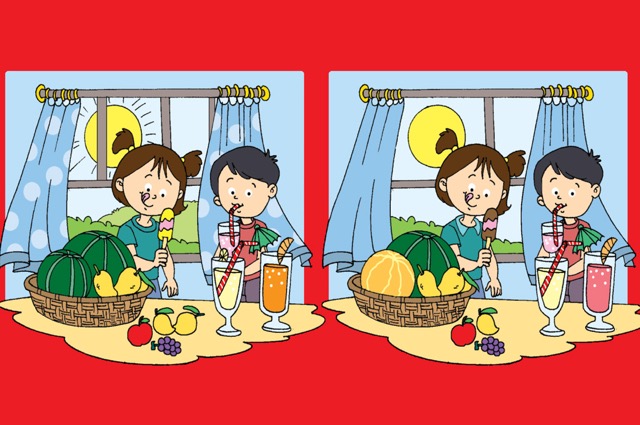
It’s a great way to sharpen your attention to detail because you have to focus on the tiniest variations between the two photographs, which, at first glance, appear to be the same. You can try Brain Teaser Picture Puzzle.
4. What doesn’t fit in the rest of the room?
There are several photographs in this puzzle, and the object is to locate one image that differs from all other images. The trouble is that it’s not always easy to identify the outcast! When looking at this image, can you tell which bowling ball is missing? Look at the finger holes on each bowling ball to get a sense of how big they are. That’s true; the one that doesn’t belong has two thumb-sized holes, whereas the others just have one.
Finding the hidden image and solving “spot the difference” puzzles will help you improve your critical thinking and focus on the small details, which are good for your brain.
Final Thoughts
A brain teaser is an excellent supplement to traditional teaching methods for any subject or skill you wish to acquire.







